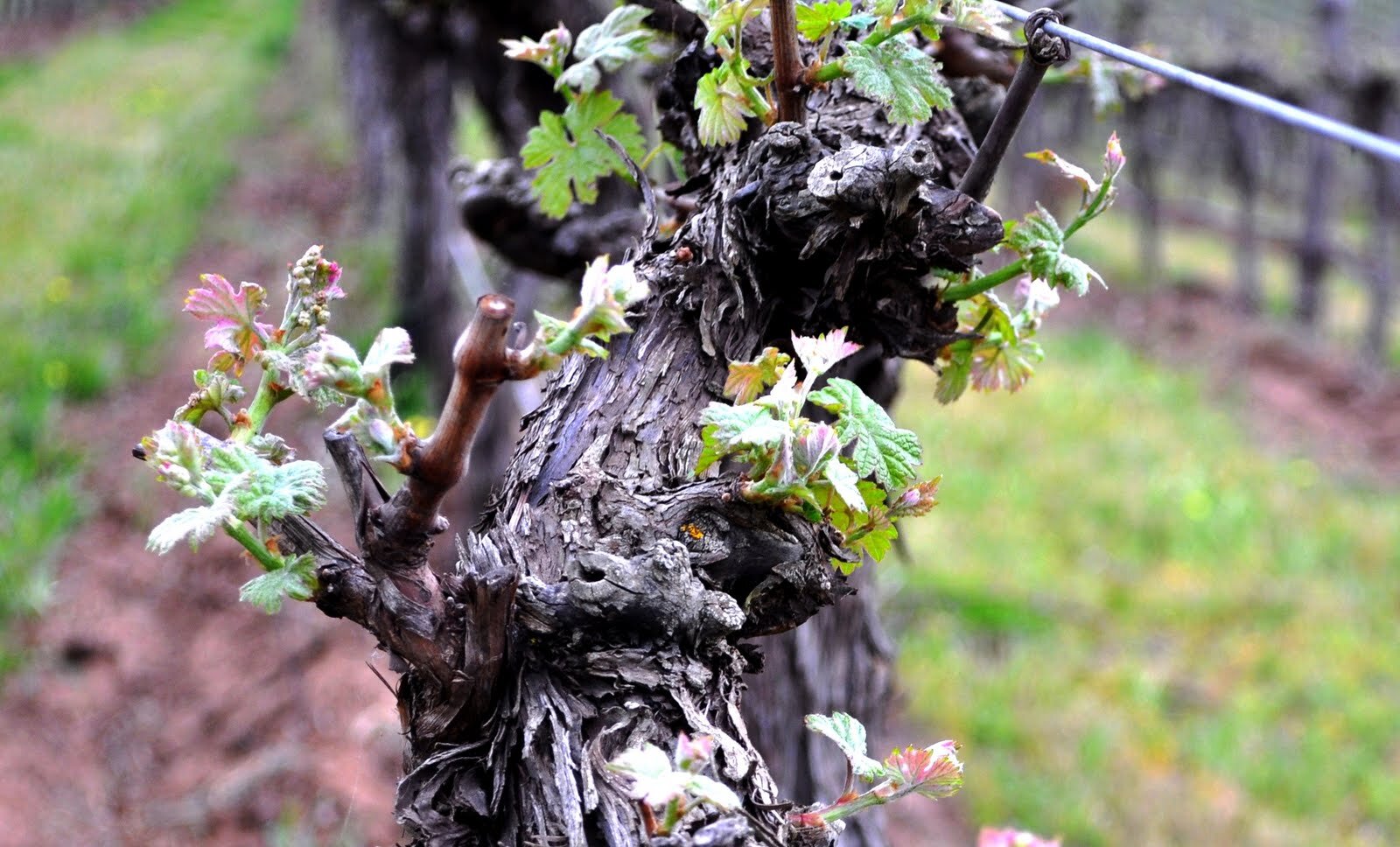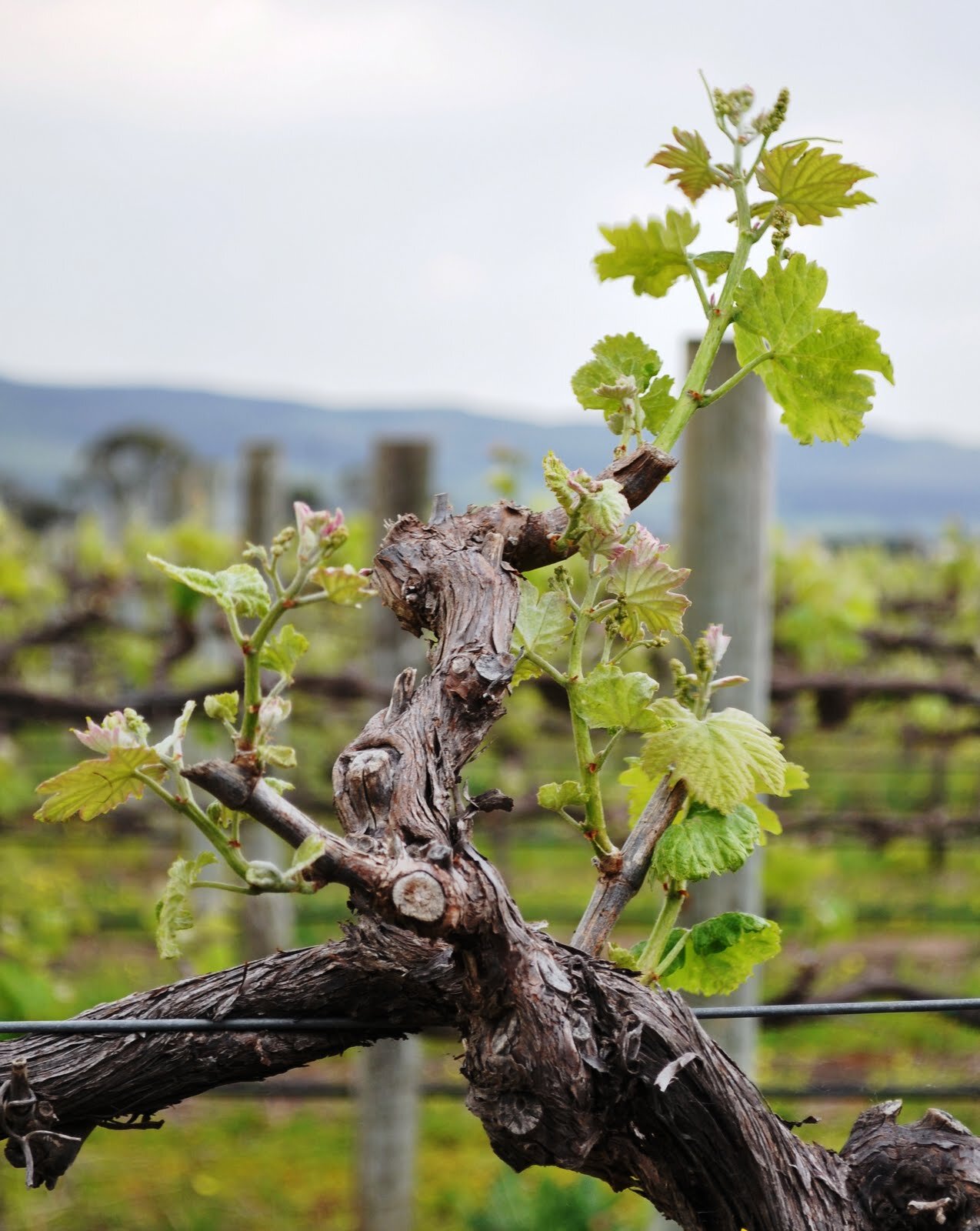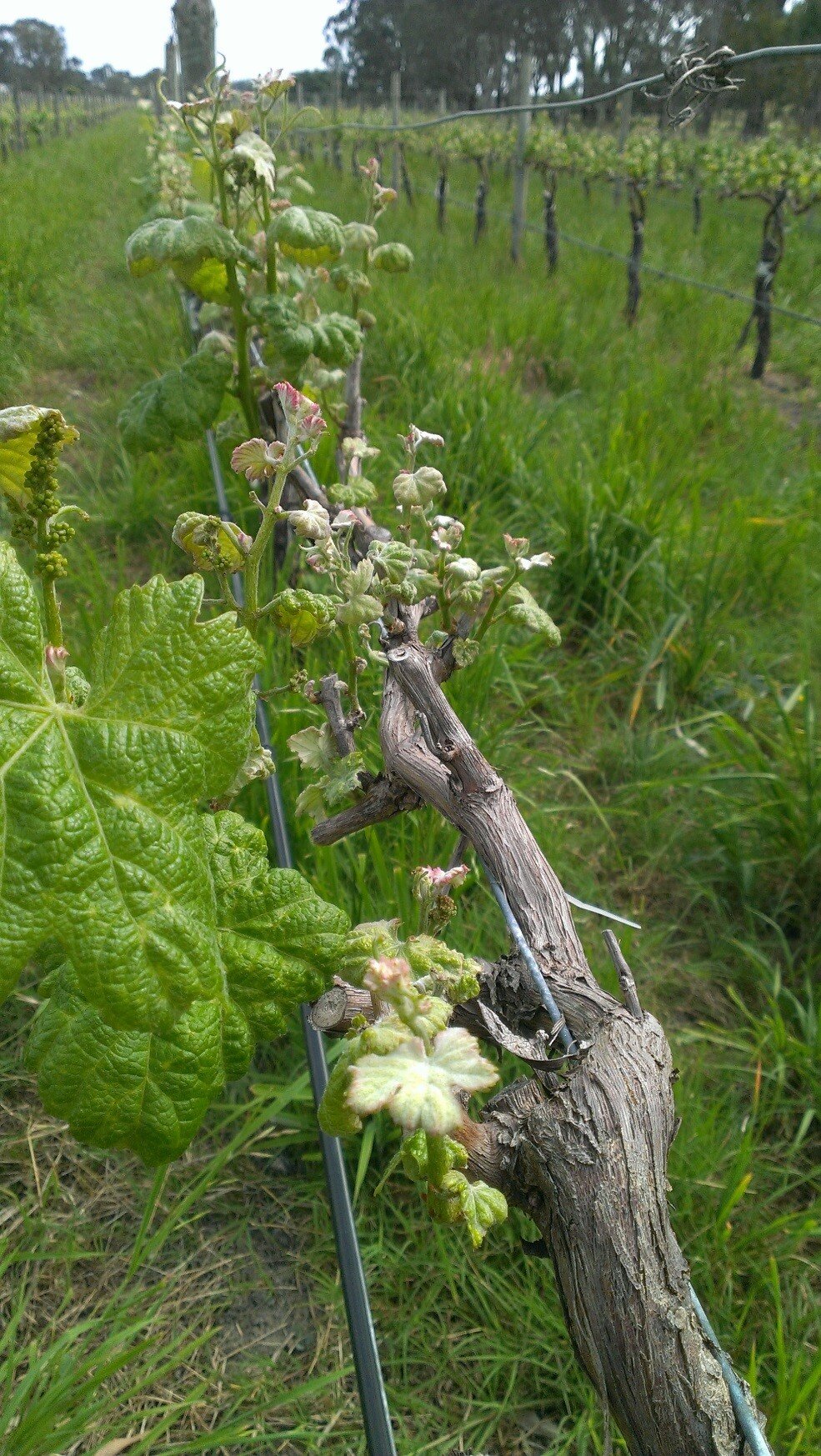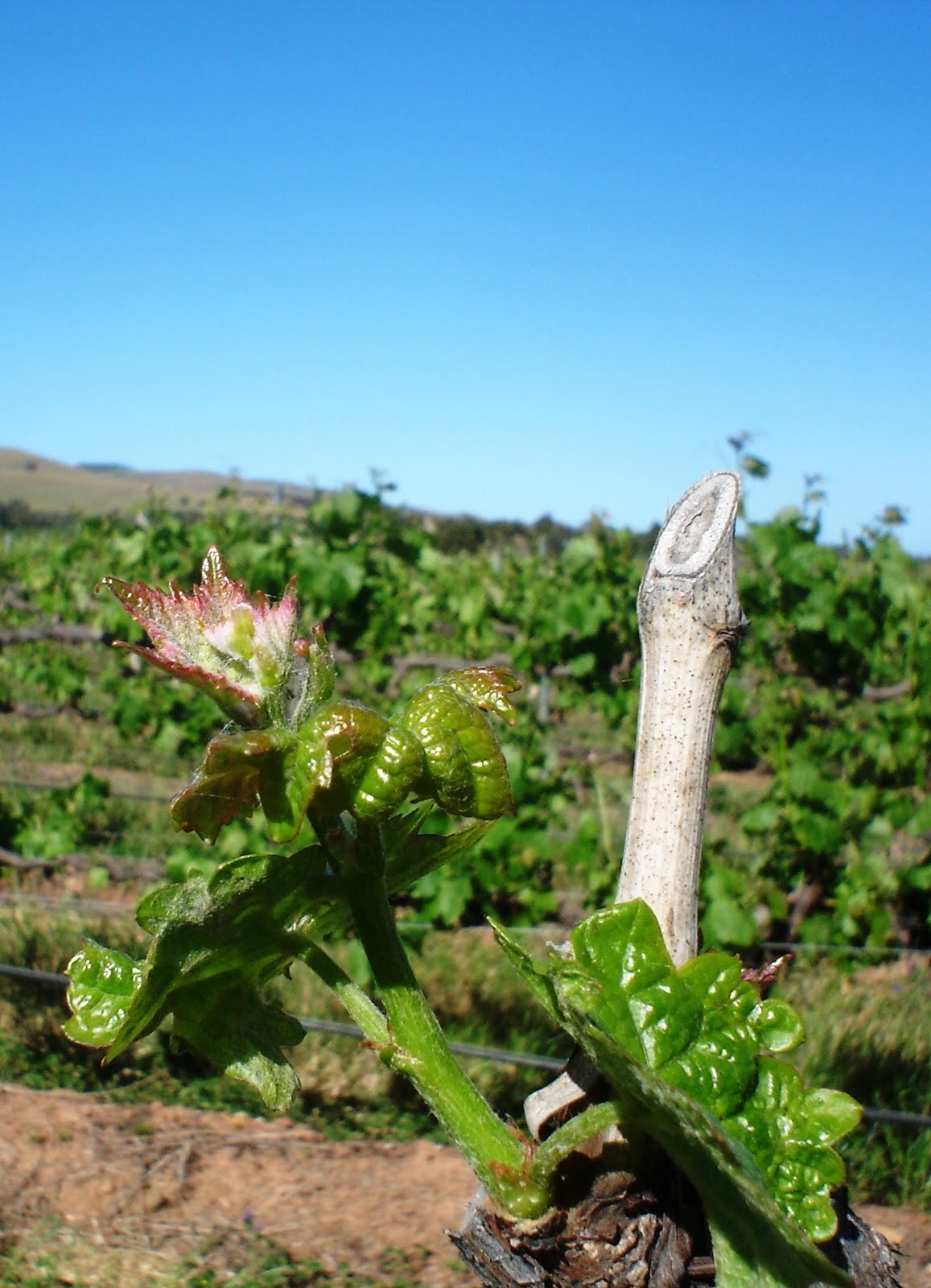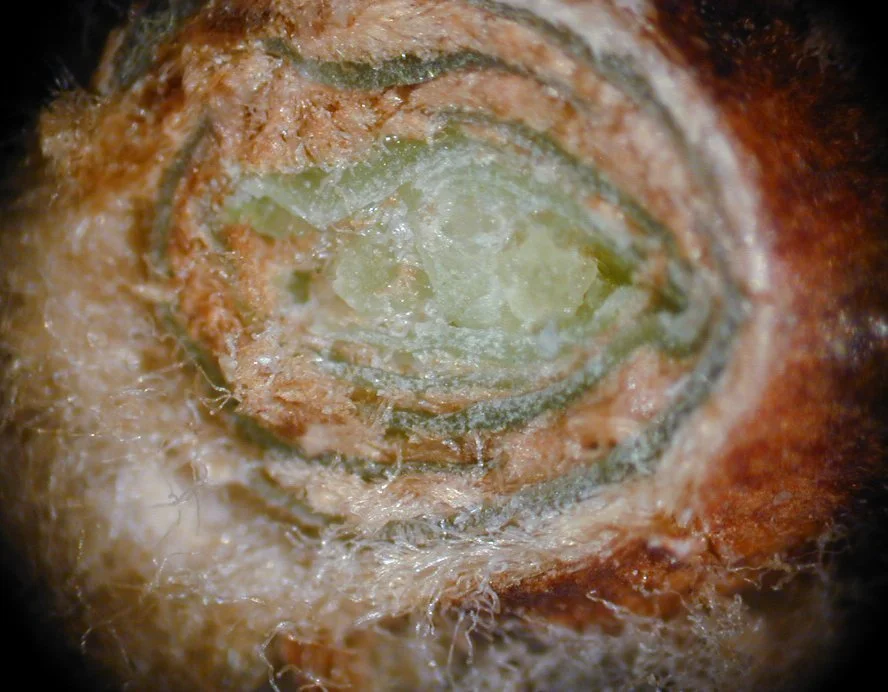FAQ: When should Rust Mite sprays be applied?
Rust Mite levels were seen to be significant in some vineyards last season. Rust mite are microscopic mites that enter into grapevine buds during early spring and affect the growth of early season shoots.
The significant level of Rust Mite’s last spring has made us re-think our recommendation regarding Rust Mite control. It is likely that a high percentage of vineyards monitored last season will benefit from a controlling sulphur spray.
We have been advising our clients regarding whether they should apply a controlling sulphur spray, or not for this season. If you would like specific advise please contact DJ’s.
Recommendations for prevention of Rust Mite symptoms are:
Did you see Rust Mite symptoms, as stunted an uneven shoot growth, in spring last season? Y/N
Suspected symptoms of stunted shoots from rust mite activity at bud burst.
Did you see Rust Mite symptoms, as bronzed leaves, in autumn last season? Y/N
Rust Mite Bronzing Symptoms in late summer. These symptoms generally appear in early February.
If you answered yes to these questions then look at a possible control measure below.
To limit the stunted & uneven shoot growth;
Application of wettable sulphur @ 500g/100lt (include non ionic wetter at label rate if not adding oil).
Water rates of 600 – 900 lt of water per hectare - do not use less than 500 lt/ha
Increased water rate should be used if worried about coverage.
Make sure coverage of the cordon and all spur wood is thorough.
Inclusion of Canola oil or Mineral oil at 2% (2lt per 100 lt) may improve control (10-15%) but should only be applied if the variety being sprayed is fully dormant (eg. Cabernet). Need to be aware that some Canola oils may contain GMO’s.
A period of 2-3 fine days and 15 degrees C or higher on the day of spraying is ideal.
Chardonnay is the indicator variety for timing of spraying in each region. Spraying should be done on all varieties when Chardonnay reaches 10% green tip (i.e. most buds woolly bud).
Look for services like McLaren Vale & Langhorne Creek CropWatch to advise of this timing.
Based on previous seasons we have some rough dates for your planning.
McLaren Vale Wine Region - Valley Floor
Our feelings are that spraying should occur from the last week of August to the end of the second week of September on all varieties/blocks that require rust mite treatment.
Currency Creek Wine Region
Spraying should occur from the last week of August to the end of the second week of September on all varieties/blocks that require rust mite treatment.
McLaren Vale Wine Region - Blewitt Springs & Clarendon
Spraying should occur from the first week of September to the end of the third week of September on all varieties/blocks that require rust mite treatment.
Adelaide Hills Wine Region
Mid-September through to the end of September. To get ideal timing find a block of Chardonnay in within your mesoclimate for exact timing.


